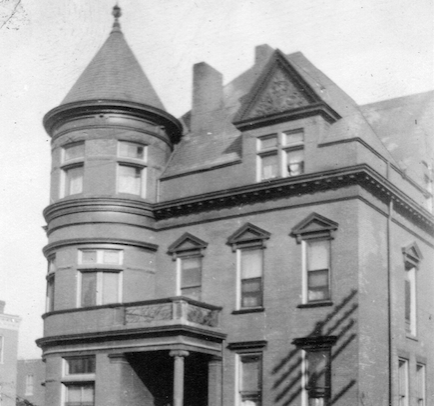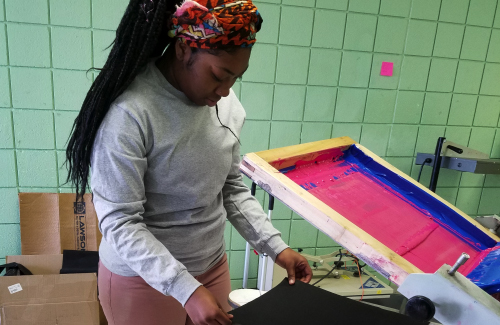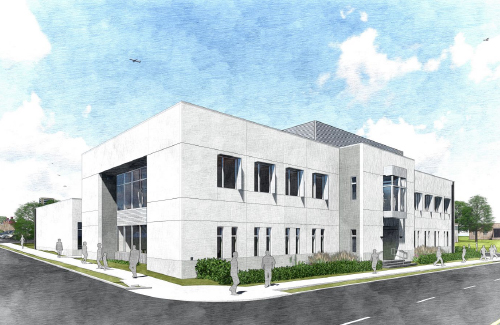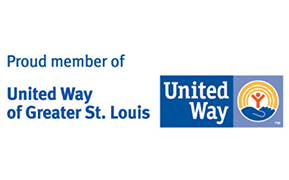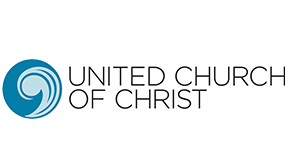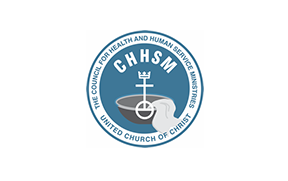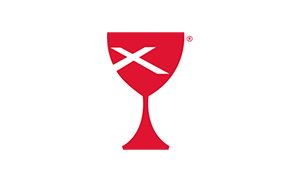In 1913, Good Shepherd Center opened its doors on the corner of Dillon and Hickory Street (pictured at right) on the near south side of St. Louis, an area at the time that was rundown, bordering on a slum. Churches, along with their congregations, were moving west, leaving the inner city behind.
In those days, the Evangelical Church was still a German church and, in St. Louis, the first English congregation was only 10 years old. Many of the St. Louis area pastors were strongly influenced by the work of “Innere Mission” in Germany, a movement to help those in depressed, economically challenged areas. A pastors’ meeting in September of 1912 discussed what meaning that movement might have to the clergy in St. Louis. Led by Samuel D. Press of Eden Seminary, a committee was formed and a neighborhood canvass was conducted by Eden Seminary students to determine the needs of families on the south side. Reinhold Niebuhr, one of the most influential American theologians of the 20th century, was one of the students helping with the canvass.
Justice in the Community for All
The canvass results confirmed that with the deteriorating housing, poverty, delinquency, and crime prevalent in the neighborhood, there was a great need and a mission should be opened:
The object of the City Mission of the Evangelical churches of St. Louis shall be, in general, the promoting of systematic evangelization, the practice of Christian charity, and the assisting and encouraging of reform and uplift movements for the special benefit of the children, the aged and adults among the poor, the sick, strangers, the unemployed, the religiously indifferent, the neglected, the fallen and prisoners.
Good Shepherd Center opened its door on April 6, 1913, with the recommending committee of pastors serving as the first board of directors. The center was established to help the working class and immigrant population by addressing the issues of inadequate housing, lack of proper medical attention, and poor education for children.
In the earliest days of this ministry, faculty and students from Eden Seminary delivered milk and food on bicycles. Sisters from Deaconess Hospital made home visits to tend to the elderly and sick. Pastors and lay people began recreational and instructional classes for children—sewing classes for the girls and woodworking classes for the boys. E. E. Berlekamp, a seminary student, was the first paid worker and was paid $10 a month plus room and board.
The programs at Good Shepherd Center grew quickly, and so the original building was soon too small. In addition, it needed many repairs. Two brothers, Herman and Ernst Schultz, came to the rescue when they donated a house and lot at 1821 Hickory Street. The new building was dedicated on December 1, 1918, as Caroline Mission, named for Caroline Schultz, the mother of Herman and Ernst.



